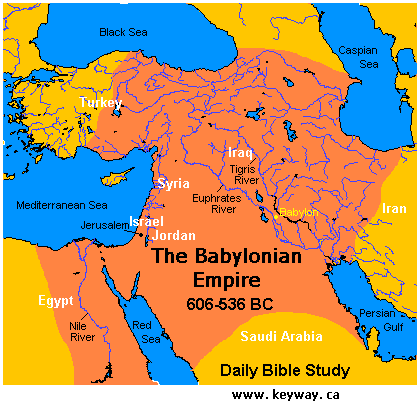Exploring the Persian Empire
We are learning and researching about Persian Empire. In this post, I will identify important aspects of the rule of three important Kings: Cyrus the Great, Darius the Great and Xerxes the Great.
Cyrus the Great (reigned 558 - 530 B.C.E)
In 553 B.C.E, he started a rebllion to against the Medes and it took three years for hum to conquered their kingdom. By 548 B.C.E he controlled all of Iran and he began to look for opprtunities to expand his influence. In 546 B.C.E, he conquered the powerful kingdom of Lydia. Between 545 B.C.E and 539 B.C.E he campaigned in central Asia and Bactria. Babylonia and Mesopotamia fall to him next, in 539 B.C.E. Cyrus expanded Persia and it gradually became a powerful empire.
When he conquered one of the empires, he did not put the people in that empire into slavers. He though it was not a good idea and they would against him. They had to pay taxes and be a part of his empire.
He allowed a certain amount of regional autonomy in each state, in the form of a satrapy system. A satrapy was an administrative unit, usually organized on a geographical basis. During his reign, Cyrus maintained control over a vast region of conquered kingdoms, achieved through retaining and expanding the satrapies.
His tomb, massive but simple, stands today as an impressive monument to the emperor.
Darius the Great (reigned 521 - 486 B.C.E)
Darius extanded the empire both east and west. His armies pushed into northwestern India as far as the Indus River, absorbing the northern Indian kingdom of Grandhara, while capturing Thrace, Macedonia, and the western coast of the Black Sea in southeastern Europe.
He was more important as an administrator than as a conqueror. Govering a large empire was much more difficult than conquering it. About 520 B.C.E he started to build a new capital at Persepolis. He intended Persepolis to serve as an administrative center and a monument to the Achaemenid dynasty.


